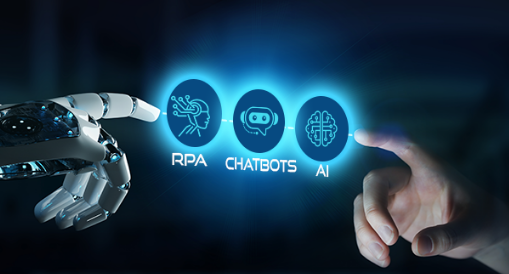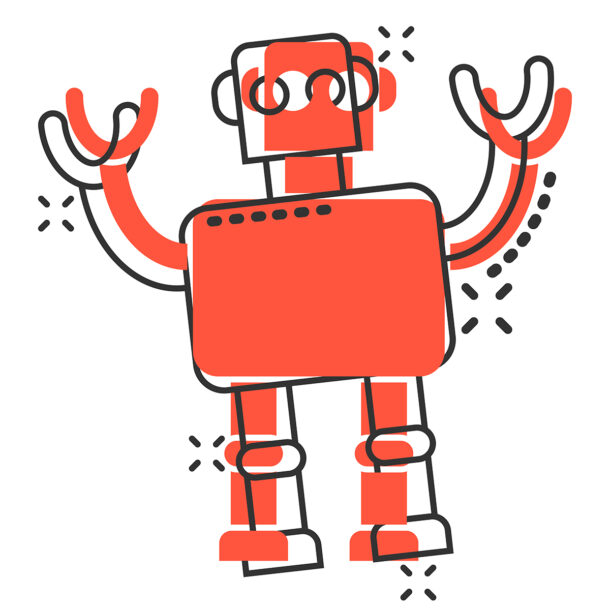Is a chatbot an RPA? This question often arises when discussing automation technologies. In this blog post, we will delve into the definitions of Robotic Process Automation (RPA) and bots, and explore their unique capabilities and differences.
II. Understanding RPA and Chatbots
Robotic Process Automation (RPA) and chatbots are both forms of automation, but they serve different purposes. RPA is software that automates repetitive, rule-based tasks traditionally performed by humans. It’s like a digital worker that never sleeps, making it a powerful tool for increasing efficiency and accuracy in business processes.
On the other hand, chatbots are AI-powered software designed to interact with humans in their natural languages. These interactions can occur on various platforms, including websites, mobile apps, and social media messaging platforms. Chatbots are often used in customer service to provide instant responses to customer inquiries.
III. Difference between RPA and Chatbots
While both RPA and bots are forms of automation, they have distinct characteristics:
- RPA:
- Automates repetitive, rule-based tasks
- Works with structured data
- Operates on various applications just like a human would
- Does not require human intervention once set up
- Chatbots:
- Interacts with humans in a conversational manner
- Can understand and respond to user inputs
- Works with both structured and unstructured data
- Requires some level of human intervention for supervision and training
IV. Integration of RPA and Chatbots
The integration of RPA and bots can bring about significant benefits. For instance, a chatbot can handle customer inquiries and when a process needs to be executed, such as refund processing, the bot can trigger an RPA bot to perform the task. This seamless integration can greatly enhance customer service, sales, and internal operations.
V. Use Cases of RPA and Chatbots
There are numerous use cases for RPA and bots in businesses. Here are a few examples:
- Customer Service: Bots can provide instant responses to customer inquiries, while RPA can automate the resolution process.
- Sales: Bots can engage customers and generate leads, while RPA can automate the sales follow-up process.
- Internal Operations: RPA can automate repetitive internal tasks, while bots can assist employees in getting the information they need quickly.
VI. Limitations of Chatbots and RPA
Like any technology, bots and RPA have their limitations. Bots can sometimes fail to understand complex user queries. On the other hand, RPA can only automate tasks that are rule-based and repetitive. However, when integrated, they can complement each other and overcome these limitations.
VII. Conclusion
So, is a chatbot an RPA? While they both fall under the umbrella of automation technologies, they serve different purposes and have unique capabilities. Understanding these differences is key to leveraging their strengths and applying them effectively in your business.
VIII. FAQ Section
- What is the difference between RPA and chatbots?
- RPA is software that automates repetitive, rule-based tasks, while chatbots are AI-powered software designed to interact with humans in their natural languages.
- Are chatbots considered automation?
- Yes, bots are a form of automation. They automate the process of interacting with users in a conversational manner.
- What category does chatbot come under?
- Bots come under the category of AI, specifically under conversational AI.
- **Are chatbots AI orautomation?
- Bots are a form of AI, specifically conversational AI. They use AI technologies like Natural Language Processing (NLP) to understand and respond to user inputs.
- Can RPA and chatbots work together?
- Yes, RPA and chatbots can be integrated to work together. For instance, a chatbot can handle customer inquiries and trigger an RPA bot to perform tasks like processing refunds.
IX. Summary
Interested in seeing how RPA and bots can revolutionize your business processes? Book a demo with us today here and let’s explore the possibilities together.
For more insights on RPA and chatbots, check out our detailed guide here.


